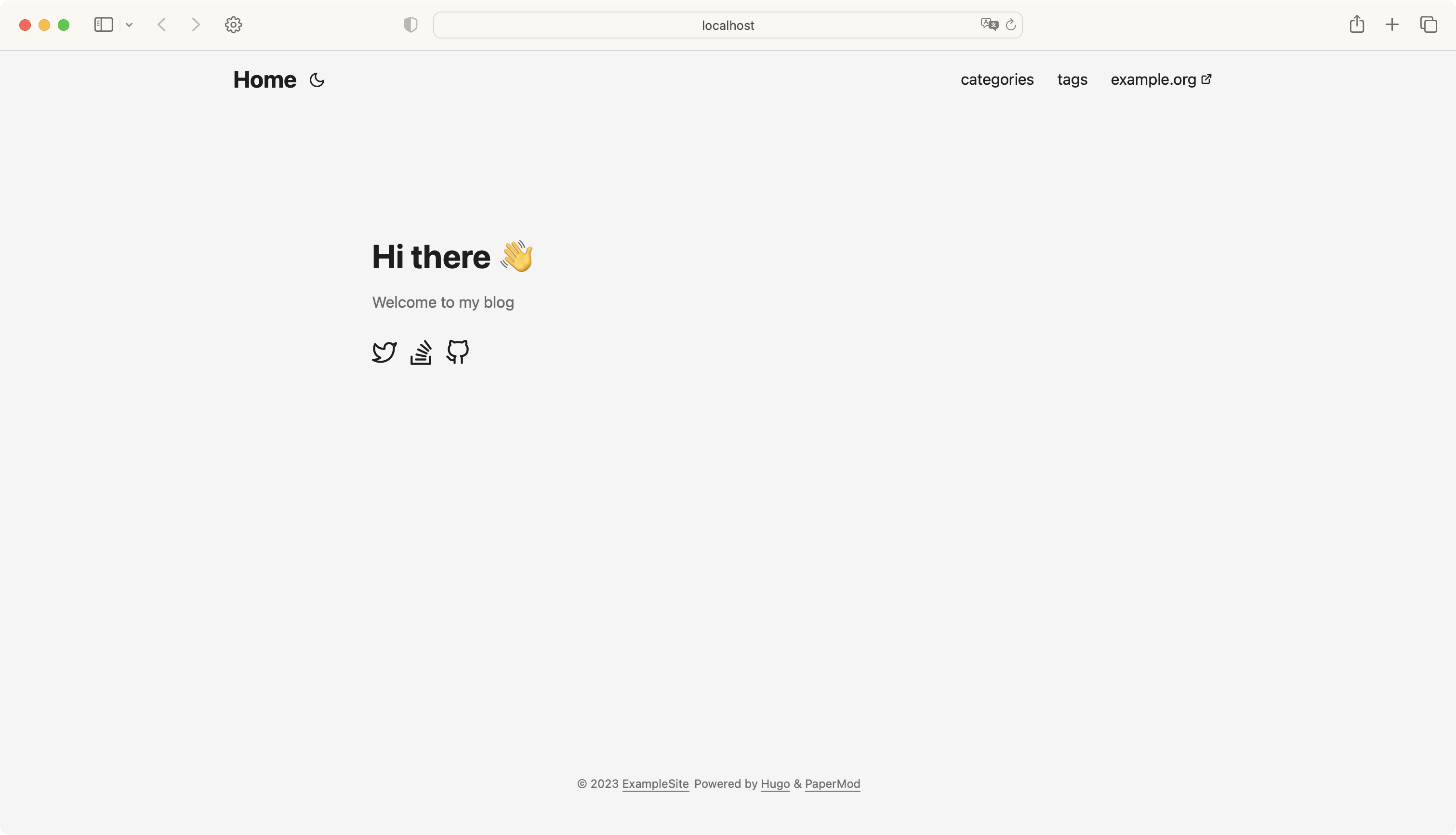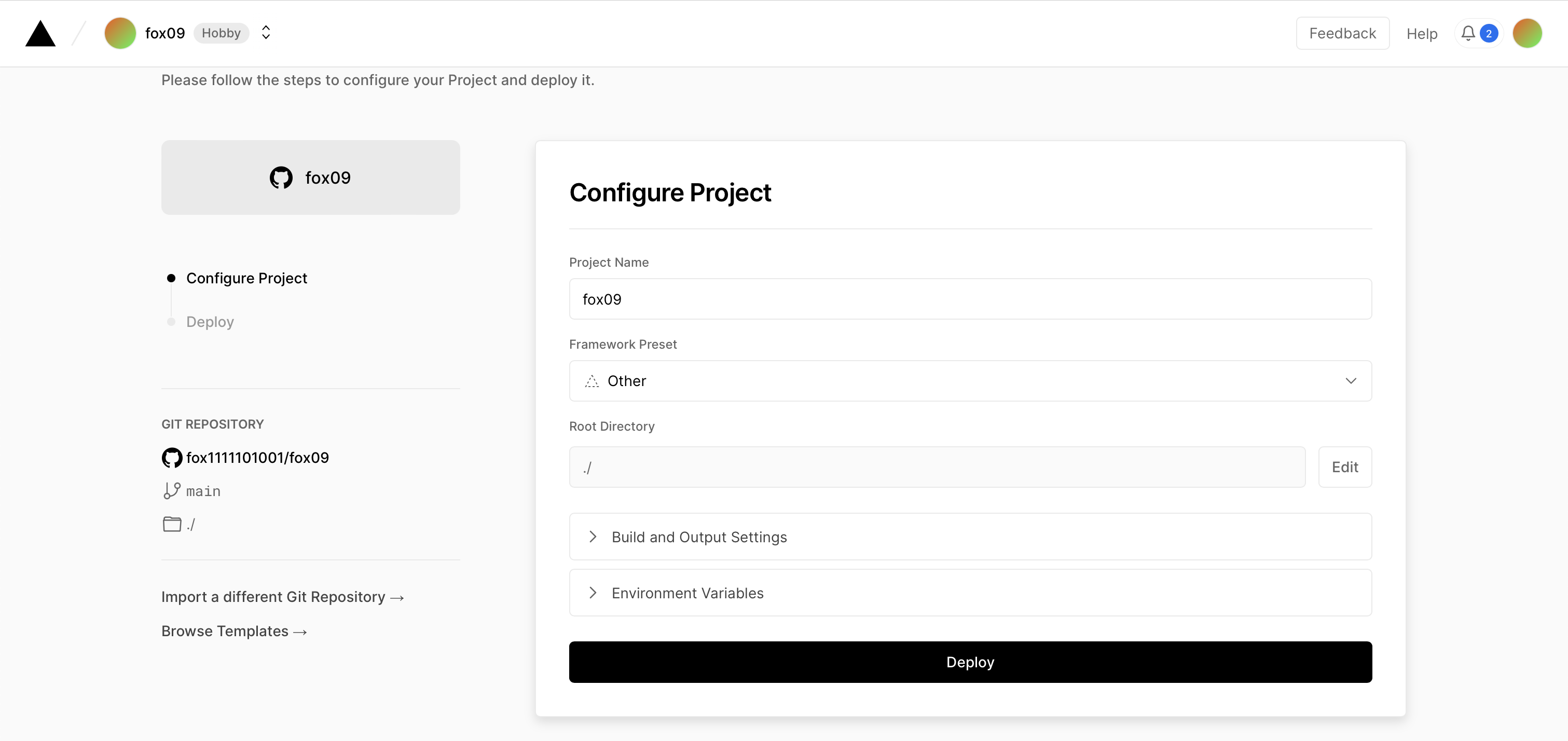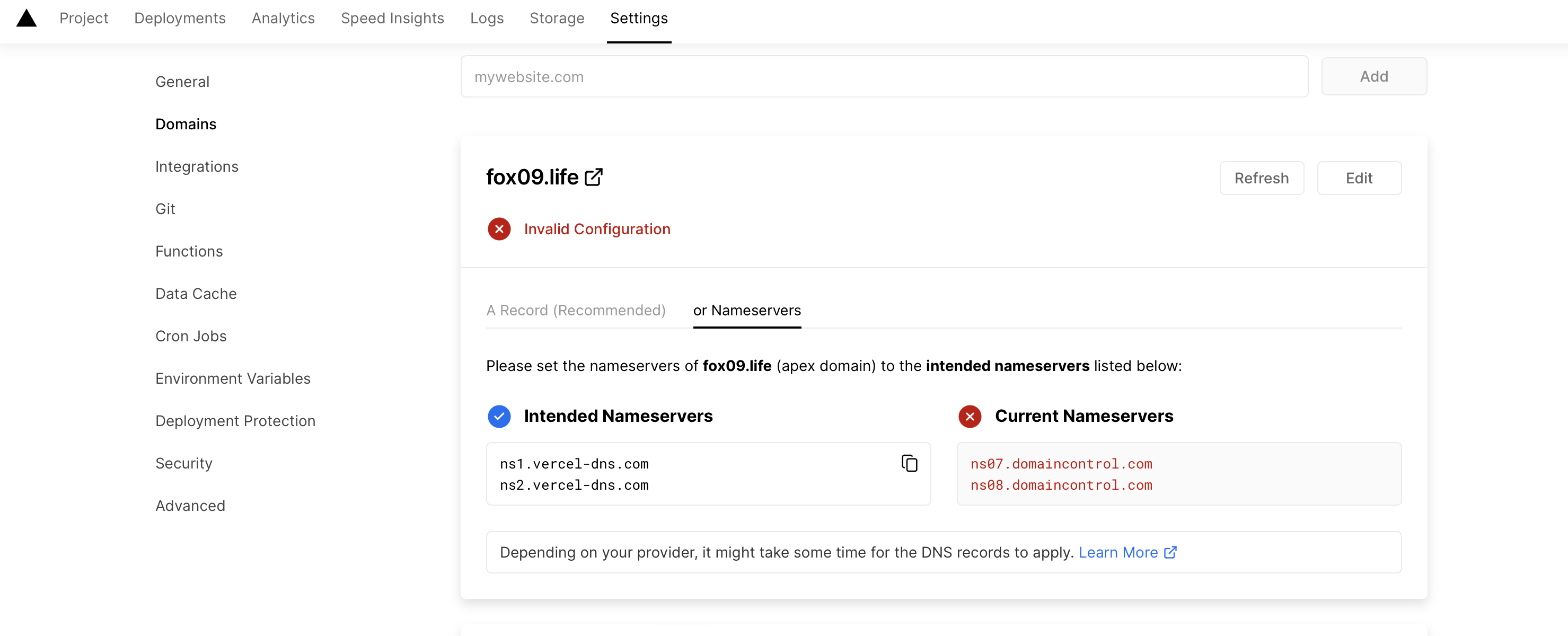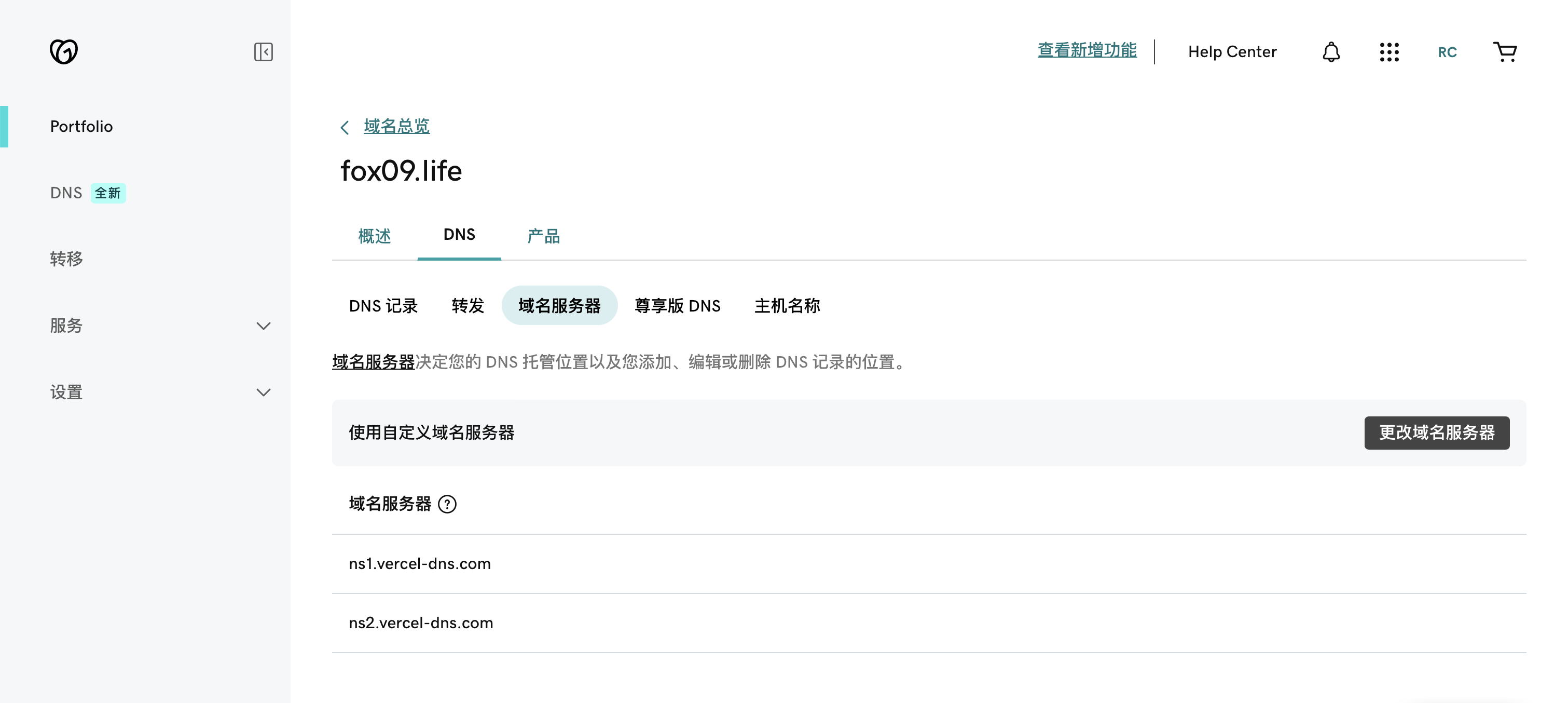博客的第一篇文章,就记录一下这个博客从零开始搭建的过程吧。
Hugo
Hugo号称世界上最快的网站建设框架,既然是最快,那一定是静态网站了。之前有用过WordPress建站,用了一段时间后,还是觉得WordPress的许多功能对于博客来说都是冗余的,所以最后还是选择静态的方式。
Hugo的本地安装十分简便:
brew install hugo
使用Hugo创建站点:
hugo new site <name of site> -f yml
这会在当前路径下创建站点文件夹,-f yml表示使用yml作为配置文件格式,如不添加,Hugo则会默认使用toml格式。
PaperMod
在Hugo之前,我还尝试过使用Hexo来搭建博客,一直也没觉得有何不妥。直到有一次在网上冲浪,看到某个博客十分简洁美观,设计很是吸引我。拉到网站底部发现几个大字:Powered by Hugo & PaperMod,可以说PaperMod是我转用转用Hugo的契机。
PaperMod的安装也十分简便,在Hugo站点的文件夹中,运行:
git clone https://github.com/adityatelange/hugo-PaperMod themes/PaperMod --depth=1
再在Hugo的config.yml中添加:
theme: "PaperMod"
即可完成PaperMod主题配置。
个性化设置
PaperMod还提供了演示站点以及站点的源码,供使用者学习参考。其中config.yml的具体内容如下:
baseURL: "https://examplesite.com/"
title: ExampleSite
paginate: 5
theme: PaperMod
enableRobotsTXT: true
buildDrafts: false
buildFuture: false
buildExpired: false
googleAnalytics: UA-123-45
minify:
disableXML: true
minifyOutput: true
params:
env: production # to enable google analytics, opengraph, twitter-cards and schema.
title: ExampleSite
description: "ExampleSite description"
keywords: [Blog, Portfolio, PaperMod]
author: Me
# author: ["Me", "You"] # multiple authors
images: ["<link or path of image for opengraph, twitter-cards>"]
DateFormat: "January 2, 2006"
defaultTheme: auto # dark, light
disableThemeToggle: false
ShowReadingTime: true
ShowShareButtons: true
ShowPostNavLinks: true
ShowBreadCrumbs: true
ShowCodeCopyButtons: false
ShowWordCount: true
ShowRssButtonInSectionTermList: true
UseHugoToc: true
disableSpecial1stPost: false
disableScrollToTop: false
comments: false
hidemeta: false
hideSummary: false
showtoc: false
tocopen: false
assets:
# disableHLJS: true # to disable highlight.js
# disableFingerprinting: true
favicon: "<link / abs url>"
favicon16x16: "<link / abs url>"
favicon32x32: "<link / abs url>"
apple_touch_icon: "<link / abs url>"
safari_pinned_tab: "<link / abs url>"
label:
text: "Home"
icon: /apple-touch-icon.png
iconHeight: 35
# profile-mode
profileMode:
enabled: false # needs to be explicitly set
title: ExampleSite
subtitle: "This is subtitle"
imageUrl: "<img location>"
imageWidth: 120
imageHeight: 120
imageTitle: my image
buttons:
- name: Posts
url: posts
- name: Tags
url: tags
# home-info mode
homeInfoParams:
Title: "Hi there \U0001F44B"
Content: Welcome to my blog
socialIcons:
- name: twitter
url: "https://twitter.com/"
- name: stackoverflow
url: "https://stackoverflow.com"
- name: github
url: "https://github.com/"
analytics:
google:
SiteVerificationTag: "XYZabc"
bing:
SiteVerificationTag: "XYZabc"
yandex:
SiteVerificationTag: "XYZabc"
cover:
hidden: true # hide everywhere but not in structured data
hiddenInList: true # hide on list pages and home
hiddenInSingle: true # hide on single page
editPost:
URL: "https://github.com/<path_to_repo>/content"
Text: "Suggest Changes" # edit text
appendFilePath: true # to append file path to Edit link
# for search
# https://fusejs.io/api/options.html
fuseOpts:
isCaseSensitive: false
shouldSort: true
location: 0
distance: 1000
threshold: 0.4
minMatchCharLength: 0
keys: ["title", "permalink", "summary", "content"]
menu:
main:
- identifier: categories
name: categories
url: /categories/
weight: 10
- identifier: tags
name: tags
url: /tags/
weight: 20
- identifier: example
name: example.org
url: https://example.org
weight: 30
# Read: https://github.com/adityatelange/hugo-PaperMod/wiki/FAQs#using-hugos-syntax-highlighter-chroma
pygmentsUseClasses: true
markup:
highlight:
noClasses: false
# anchorLineNos: true
# codeFences: true
# guessSyntax: true
# lineNos: true
# style: monokai
恁多参数,每一个到底啥意思?不管!先抄了再说😆改完配置以后的网站是下面这样的:

下面留空的地方之后是放文章的,总体布局没啥问题,我不喜欢博客里的社交图标链接,所以先把config.yml中的socialIcons注释掉,删掉社交图标。
再看看右上角,我只想要标签,归档和搜索三个功能。标签已经自带了,还差归档和搜索。看一下官方文档,正好有这两个功能的配置细节。
归档
在content文件夹里创建archive.md,并在archive.md里添加以下内容:
---
title: "Archive"
layout: "archives"
url: "/archives/"
summary: archives
---
搜索
添加以下内容到config.yml中:
outputs:
home:
- HTML
- RSS
- JSON # is necessary
在content文件夹里创建search.md,并在search.md里添加以下内容:
---
title: "Search" # in any language you want
layout: "search" # is necessary
# url: "/archive"
# description: "Description for Search"
summary: "search"
placeholder: "placeholder text in search input box"
---
最后修改config.yml的menu:
menu:
main:
- identifier: tags
name: Tags
url: /tags/
weight: 10
- identifier: archives
name: Archives
url: /archives/
weight: 20
- identifier: search
name: Search
url: /search/
weight: 30
再改个字体
字体我选用霞鹜文楷,采用CDN配置。在 themes/PaperMod/layouts/partials/extend_head.html 中,加入如下代码:
<link rel="stylesheet" href="https://cdn.jsdelivr.net/npm/lxgw-wenkai-lite-webfont@1.1.0/style.css" />
然后找到/PaperMod/assets/css/core/reset.css 文件,搜索 body { ,修改其中的 font-family :
body {
font-family: 'PT Serif','LXGW WenKai Lite','Noto Serif SC', serif;
font-size: 18px;
line-height: 1.6;
word-break: break-word;
background: var(--theme);
}
字体就设置好了。
Vercel
Vercel是一个前端托管平台,我选择用它来托管博客。关于用Vercel托管Hugo的方法,网上众说纷纭:最简单的是直接使用Vercel自带的Hugo模版建站,但我的Hugo已经在本地配置好了,不想重复折腾。
二是先把Hugo发布到GitHub Pages,再从GitHub Pages导入。这样配置简单,但网站必须开源,而且GitHub Pages自带域名,总觉得不太优雅。
最后是把源码上传到GitHub,再用Vercel自带的Hugo框架启动服务。我也尝试过这种方法,但总会有莫名其妙的报错,在试图解决问题的过程中,我发现了最简便的方法。
又要回到Hugo的基本特性了。之前在调试的时候,我都是用hugo server -D在本地开启web服务的。实际上,hugo在创建站点时会生成public目录,直接使用命令:
hugo
会在public目录中生成网站的静态文件。随后只需要把public目录中的文件上传至GitHub,再用Vercel导入项目。导入时Framework Preset选择Other,而无需选择Hugo,也不用配置任何参数,即可直接生成网站。

域名
Vercel会为每一个项目提供独立的免费域名,但我还是更想要一个符合博客的域名。在Godaddy买了fox09.life,一年只要八块多😄
买完以后需要在Vercel和Godaddy上分别做一些设置,先打开Vercel上的项目设置,找到Domains,把购买的域名添加进去。然后切换到Nameservers,复制Vercel提供的两个域名服务器。

打开Godaddy,填入域名服务器信息

等待大约十几分钟后,域名服务器才会生效。这是因为DNS记录被更改时需要一段时间来传播,全球DNS提供商识别到这些更改后,配置才真正生效。
最后…
总不能每次上传都手动add、commit、push吧?于是弄了一个上传小脚本
#!/bin/sh
cd /Users/fox09/blog/fox09/ && hugo
cd /Users/fox09/blog/fox09/public/
git add *
git commit -m "push"
git push
上传之后,我还针对config.yml进行了基础的修改,由于过于琐碎繁杂,就不一一记录了。
总之,现在看到的就是博客的成品啦😊